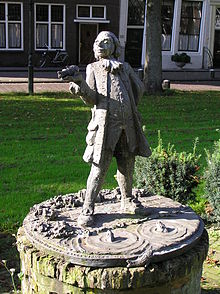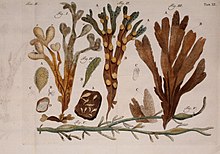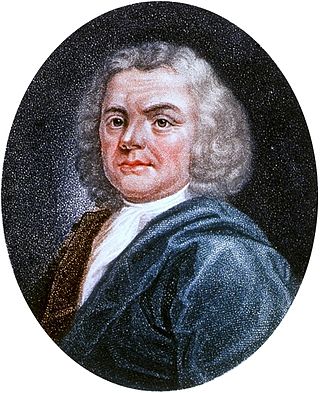
Herman Boerhaave was a Dutch botanist, chemist, Christian humanist, and physician of European fame. He is regarded as the founder of clinical teaching and of the modern academic hospital and is sometimes referred to as "the father of physiology," along with Venetian physician Santorio Santorio (1561–1636). Boerhaave introduced the quantitative approach into medicine, along with his pupil Albrecht von Haller (1708–1777) and is best known for demonstrating the relation of symptoms to lesions. He was the first to isolate the chemical urea from urine. He was the first physician to put thermometer measurements to clinical practice. His motto was Simplex sigillum veri: 'Simplicity is the sign of the truth'. He is often hailed as the "Dutch Hippocrates".
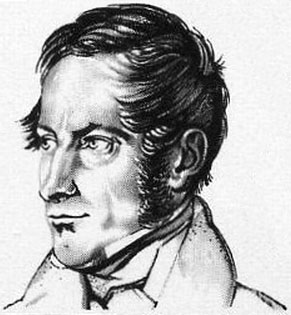
Philipp Franz Balthasar von Siebold was a German physician, botanist and traveller. He achieved prominence by his studies of Japanese flora and fauna and the introduction of Western medicine in Japan. He was the father of the first female Japanese doctor educated in Western medicine, Kusumoto Ine.
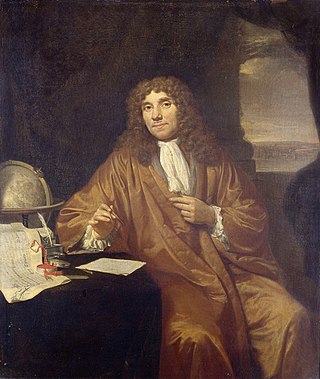
Antonie Philips van Leeuwenhoek was a Dutch microbiologist and microscopist in the Golden Age of Dutch science and technology. A largely self-taught man in science, he is commonly known as "the Father of Microbiology", and one of the first microscopists and microbiologists. Van Leeuwenhoek is best known for his pioneering work in microscopy and for his contributions toward the establishment of microbiology as a scientific discipline.

Philip Miller FRS was an English botanist and gardener of Scottish descent. Miller was chief gardener at the Chelsea Physic Garden for nearly 50 years from 1722, and wrote the highly popular The Gardeners Dictionary.

George Edwards was an English naturalist and ornithologist, known as the "father of British ornithology".

Carl Peter Thunberg, also known as Karl Peter von Thunberg, Carl Pehr Thunberg, or Carl Per Thunberg, was a Swedish naturalist and an "apostle" of Carl Linnaeus. After studying under Linnaeus at Uppsala University, he spent seven years travelling in southern Italy and Asia, collecting and describing people and animals new to European science, and observing local cultures. He has been called "the father of South African botany", "pioneer of Occidental Medicine in Japan", and the "Japanese Linnaeus".
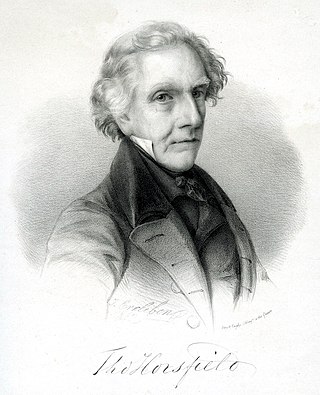
Thomas Horsfield was an American physician and naturalist who worked extensively in Indonesia, describing numerous species of plants and animals from the region. He was later a curator of the East India Company Museum in London.
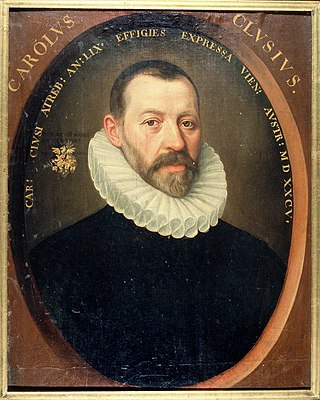
Charles de l'Écluse,L'Escluse, or Carolus Clusius, seigneur de Watènes, was an Artois doctor and pioneering botanist, perhaps the most influential of all 16th-century scientific horticulturists.

Engelbert Kaempfer from Lemgo was a German naturalist, physician, explorer and writer known for his tour of Russia, Persia, India, Southeast Asia, and Japan between 1683 and 1693.

Rembert Dodoens was a Flemish physician and botanist, also known under his Latinized name Rembertus Dodonaeus. He has been called the father of botany. The standard author abbreviation Dodoens is used to indicate this person as the author when citing a botanical name.
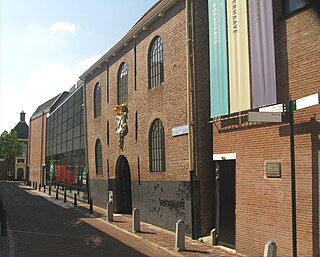
Rijksmuseum Boerhaave is a museum of the history of science and medicine, based in Leiden, Netherlands. The museum hosts a collection of historical scientific instruments from all disciplines, but mainly from medicine, physics, and astronomy.
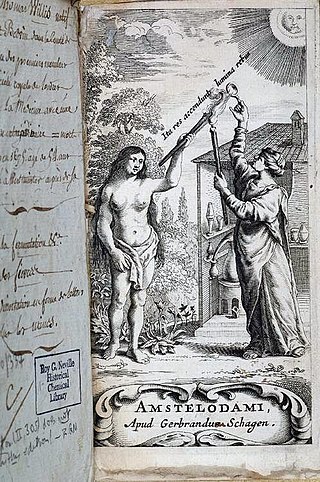
Iatrochemistry is an archaic pre-scientific school of thought that was supplanted by modern chemistry and medicine. Having its roots in alchemy, iatrochemistry sought to provide chemical solutions to diseases and medical ailments.
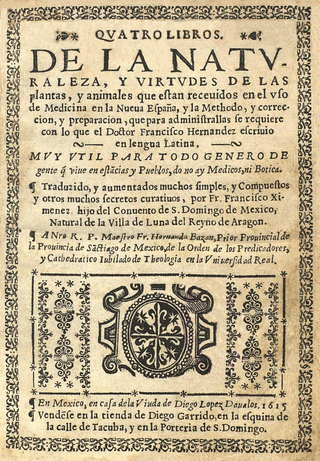
Francisco Hernández de Toledo was a naturalist and court physician to Philip II of Spain. He was among the first wave of Spanish Renaissance physicians practicing according to the revived principles formulated by Hippocrates, Galen and Avicenna.
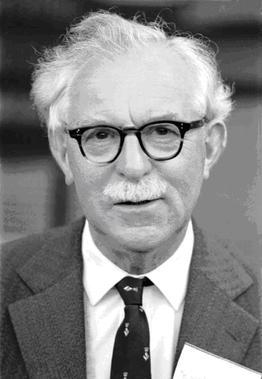
William Thomas Stearn was a British botanist. Born in Cambridge in 1911, he was largely self-educated and developed an early interest in books and natural history. His initial work experience was at a Cambridge bookshop, but he also had a position as an assistant in the university botany department. At the age of 29 he married Eldwyth Ruth Alford, who later became his collaborator, and he died in London in 2001.
Nicolaas Samuelszoon Kruik, also known as Klaas Kruik and Nicolaes Krukius, was a Dutch land surveyor, cartographer, astronomer and weatherman. He is commemorated by the Museum De Cruquius.

Johannes Burman, was a Dutch botanist and physician. Burman specialized in plants from Ceylon, Amboina and Cape Colony. The name Pelargonium was introduced by Johannes Burman.

Willem Piso was a Dutch physician and naturalist who participated as an expedition doctor in Dutch Brazil from 1637 – 1644, sponsored by count Johan Maurits van Nassau-Siegen and the Dutch West India Company. Piso became one of the founders of tropical medicine.
Nicolaas Bidloo was a Dutch physician who served as the personal physician of Tsar Peter I of Russia. Bidloo was the director of the first hospital in Russia as well as the first medical school in Russia, and is considered one of the founders of Russian medicine.

Johannes Heurnius was a Dutch physician and natural philosopher.
